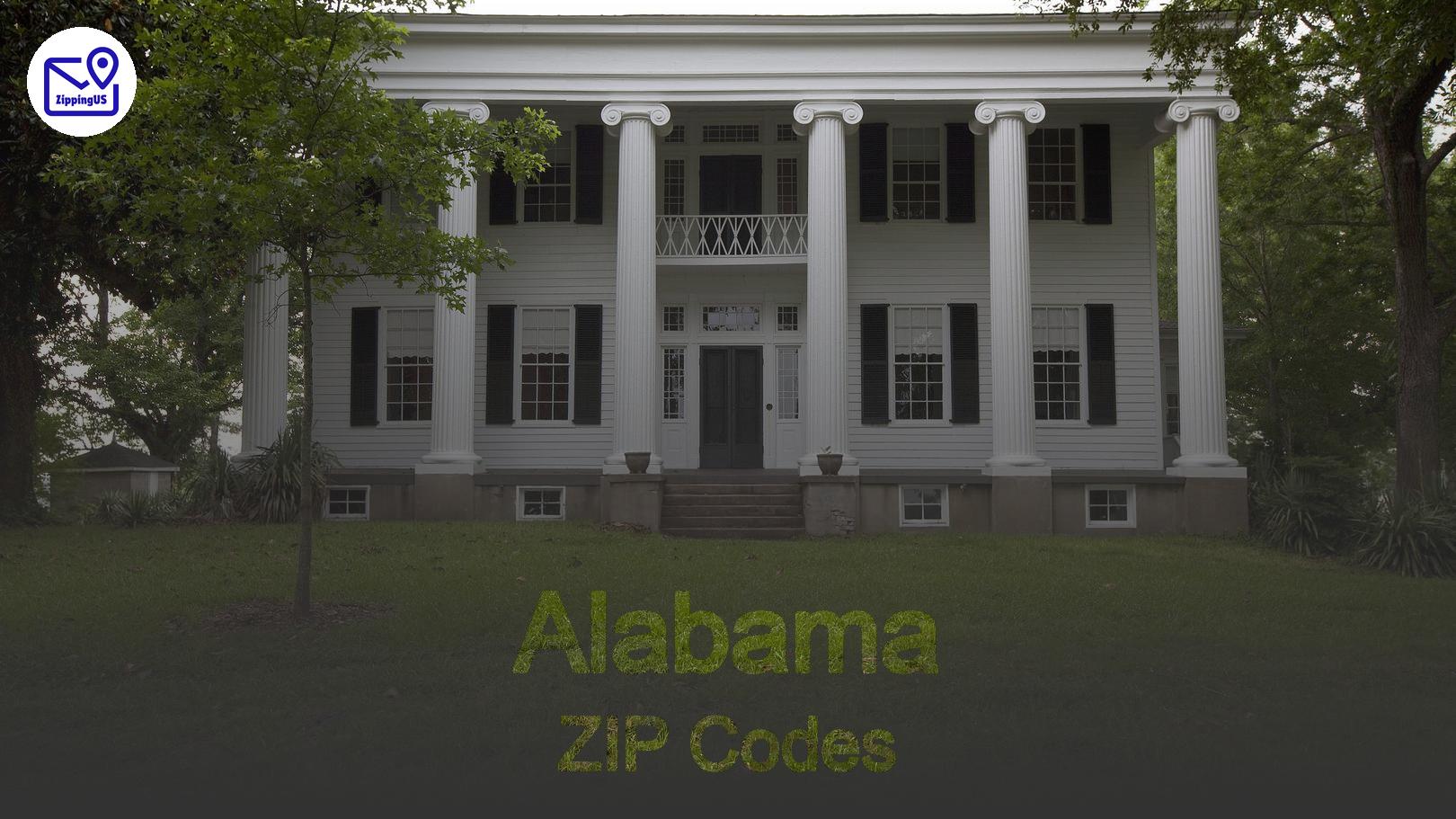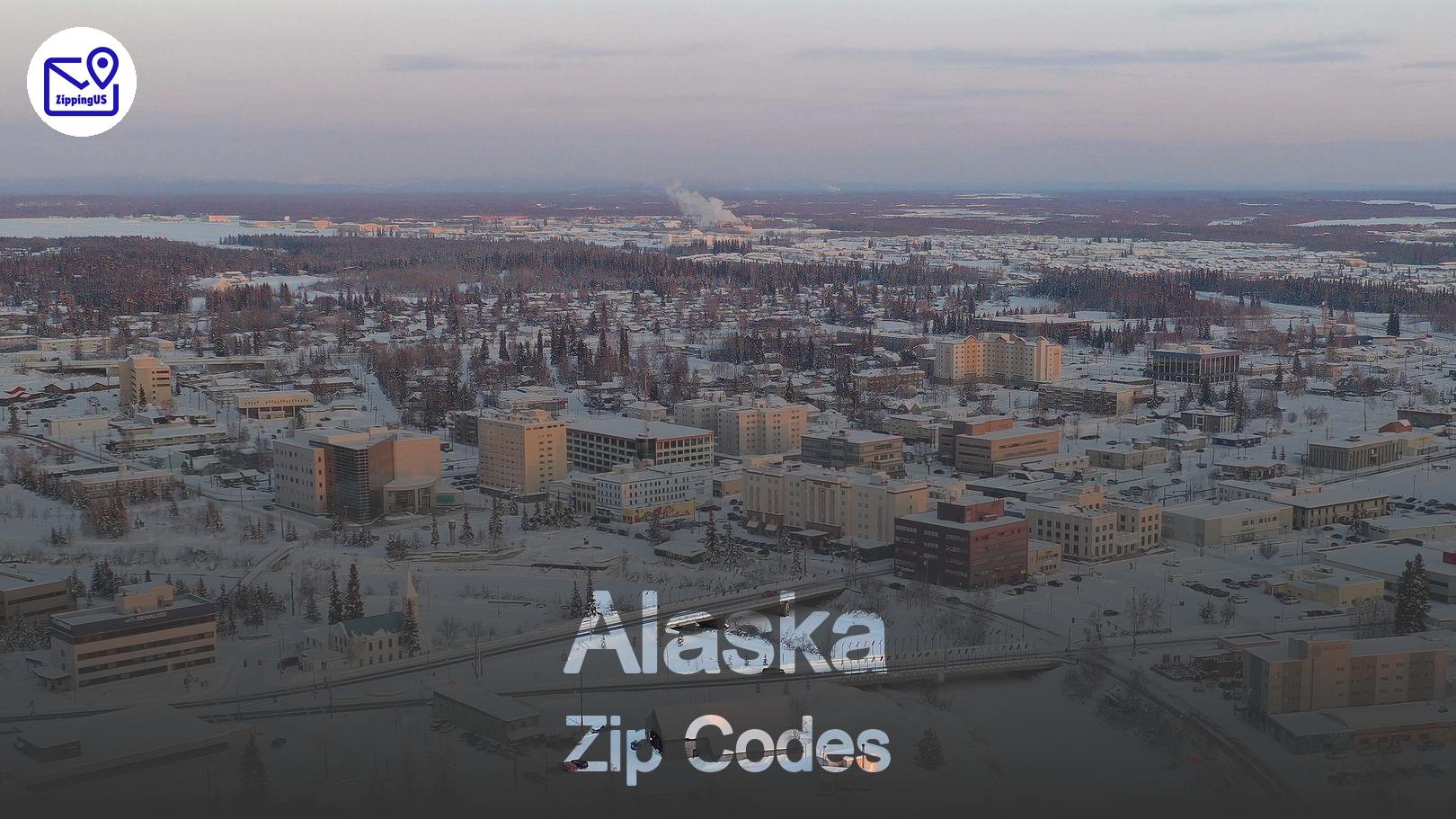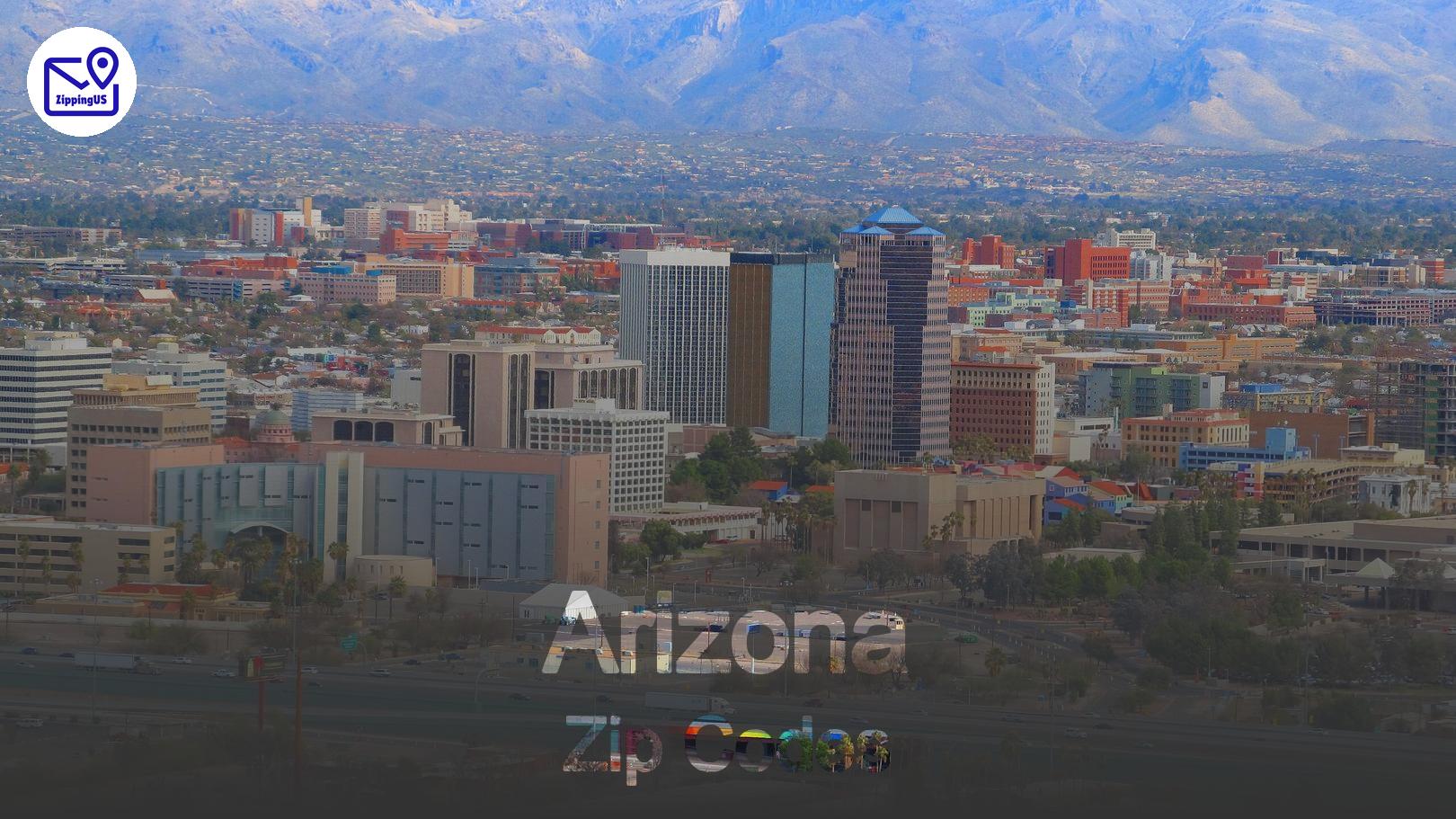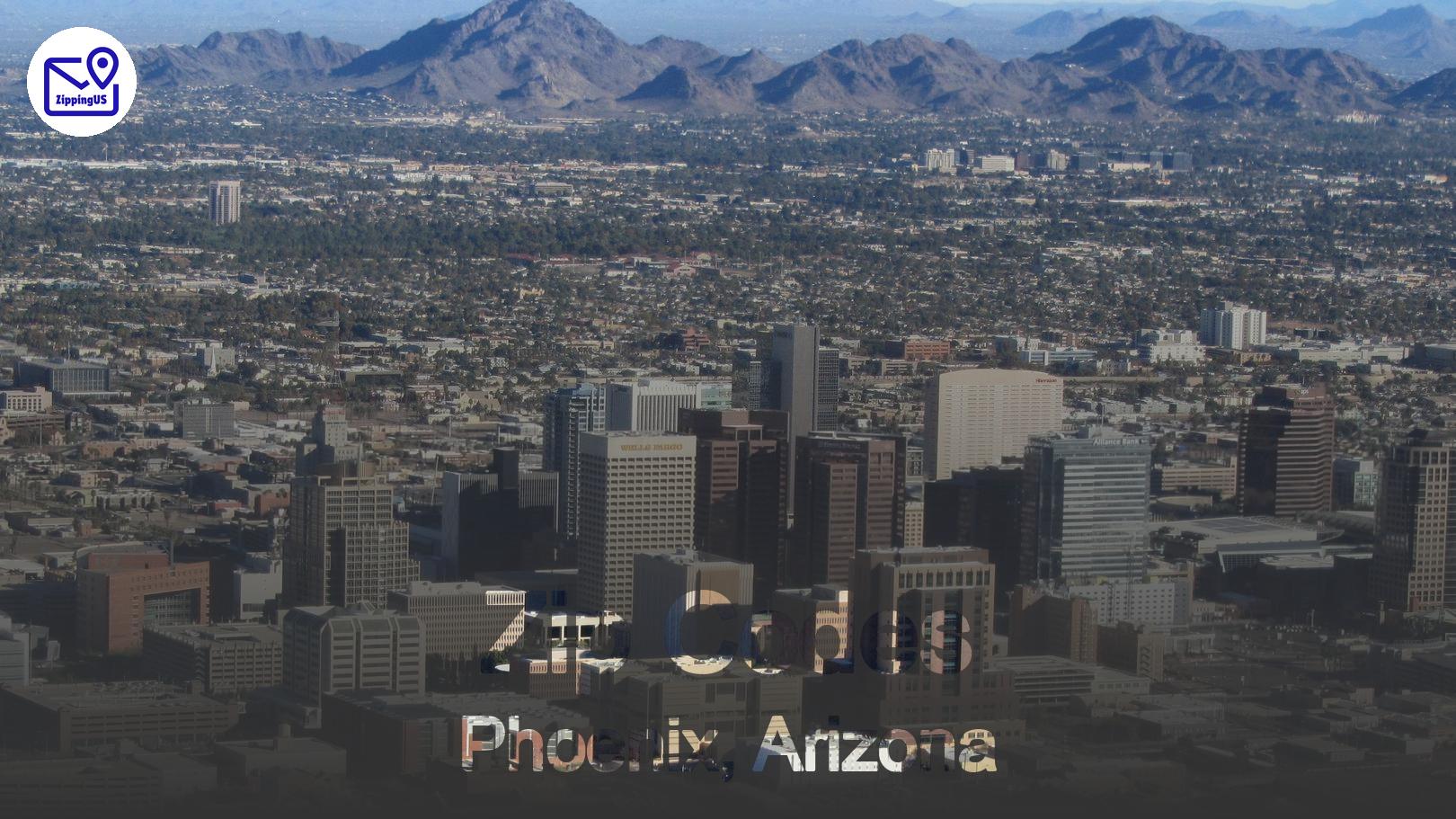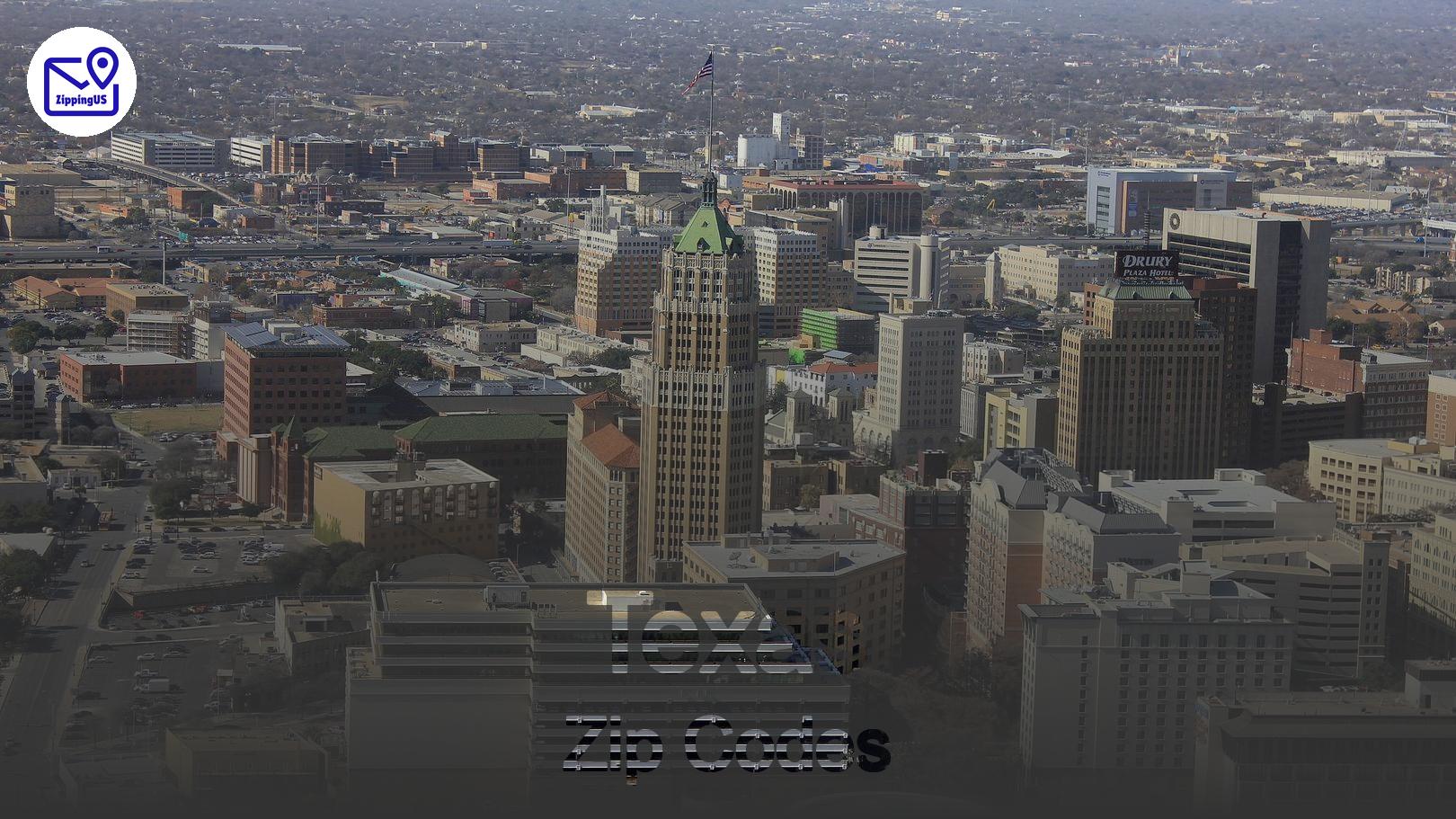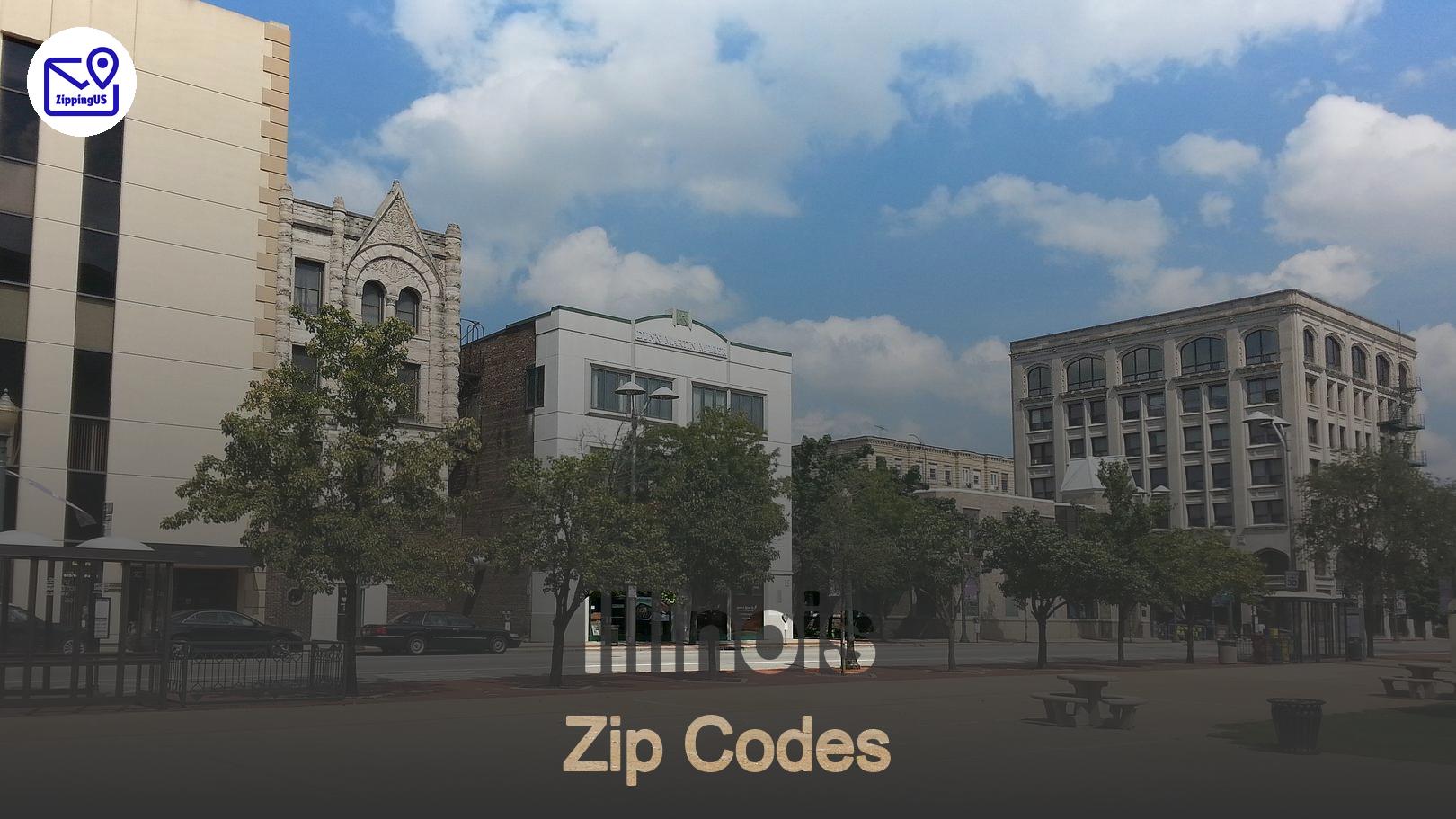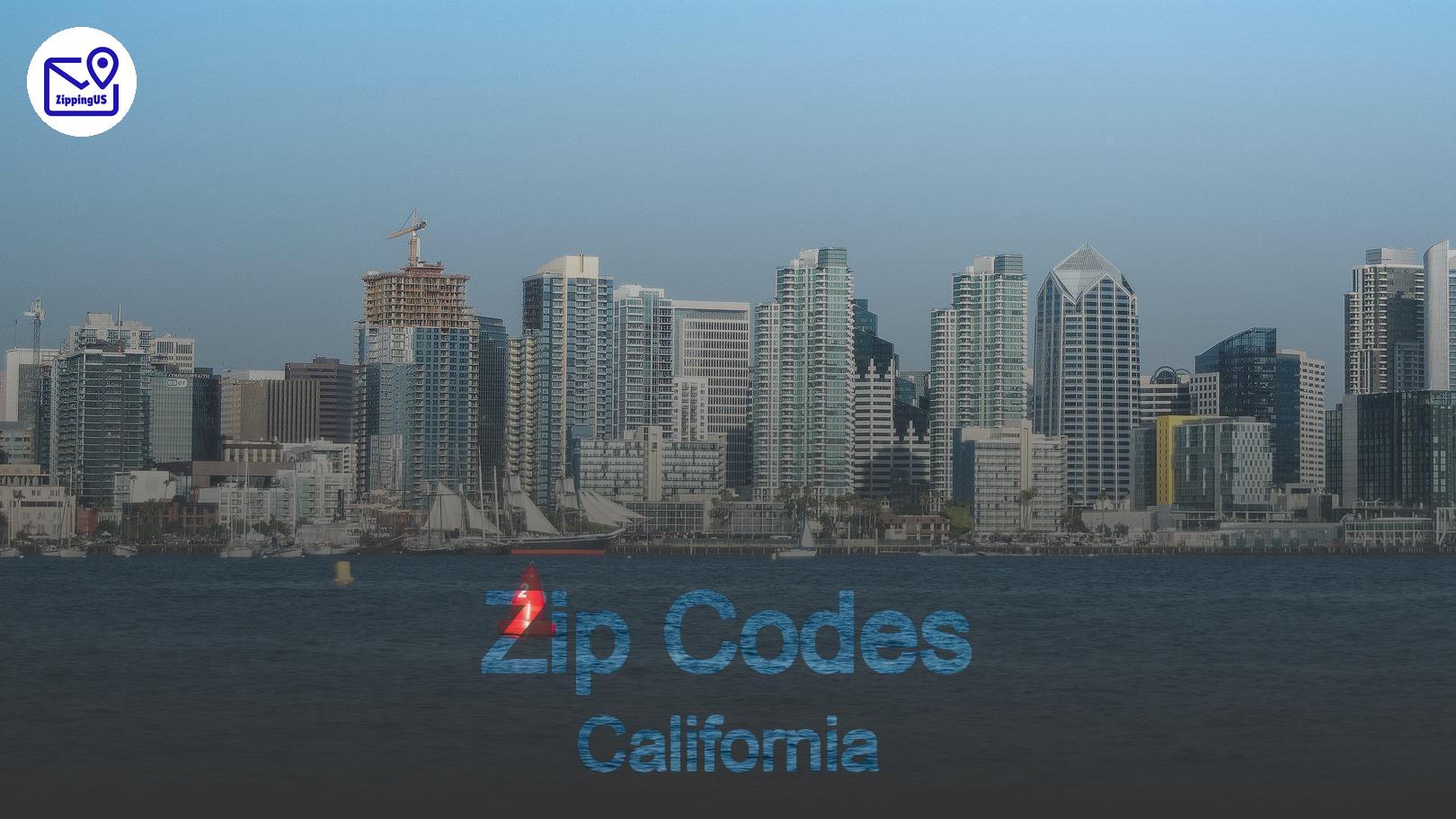When you think of zip codes, they might just seem like a bunch of numbers. But they actually hold a lot of important information. Zip codes help businesses, mail carriers, and even GPS services identify specific areas. If you're living in, moving to, or even just curious about Pennsylvania, knowing the state’s zip codes can be super useful.

Let’s dive into Pennsylvania’s zip codes and explore what they reveal about different parts of the state. Whether you need the codes for mailing, travel, or just curiosity, this guide has got you covered.
What Exactly is a Zip Code?
Before we zoom in on Pennsylvania, let’s start with the basics. A zip code (short for Zone Improvement Plan) is a five-digit number that the United States Postal Service (USPS) uses to route mail to the correct destinations.
In Pennsylvania, zip codes can tell you a lot about a place—like whether it’s a big city, small town, or rural area. The first digit of any zip code usually gives away the region of the country, while the last few digits zero in on a specific area.
Pennsylvania’s Zip Code Breakdown
Pennsylvania has a ton of zip codes because it’s a large state with a lot of different kinds of places—from bustling cities like Philadelphia to scenic rural areas in Lancaster County. So, let’s break it down by region:
1. Eastern Pennsylvania Zip Codes
- Philadelphia: The biggest city in Pennsylvania, and it has a whole bunch of zip codes. Some of the most well-known include 19102, 19103, and 19104.
- Allentown: This city is located in the Lehigh Valley and has zip codes like 18101, 18102, and 18103.
- Scranton: Famous for its mention in "The Office," Scranton's zip codes include 18503, 18504, and 18505.
2. Central Pennsylvania Zip Codes
- Harrisburg: The state capital, known for its history and scenic views of the Susquehanna River, has zip codes such as 17101, 17102, and 17103.
- Lancaster: A charming city with a mix of Amish culture and modern life, its zip codes include 17601, 17602, and 17603.
- State College: Home to Penn State University, State College uses zip codes like 16801 and 16803.
3. Western Pennsylvania Zip Codes
- Pittsburgh: One of the state’s major cities, known for its steel industry history, has a wide range of zip codes like 15201, 15213, and 15219.
- Erie: Located on the shores of Lake Erie, this city has zip codes such as 16501, 16502, and 16503.
- Johnstown: Known for its historical floods, Johnstown’s zip codes include 15901, 15902, and 15905.
How to Find a Pennsylvania Zip Code
Let’s face it—remembering every zip code is pretty much impossible. If you need to find one, here are a few ways to do it:
- USPS Website: The Postal Service’s website lets you look up zip codes by city or address. It’s a quick and reliable way to find what you’re looking for.
- Google It: Simply type in the name of the place and “zip code,” and you’ll usually get your answer right away.
- Zip Code Maps: There are maps available online that show all the zip codes in Pennsylvania. They’re useful if you’re trying to get a big-picture view of where a city or town is located.
Fun Facts About Pennsylvania Zip Codes
- Philadelphia is home to some of the oldest zip codes in the U.S. The 191 series started when the zip code system was first rolled out in the 1960s.
- The highest zip code in Pennsylvania is 19640, which is assigned to a small area near Reading.
- Rural areas in Pennsylvania tend to have longer, less specific zip codes because they cover large areas with fewer people.
Table of Major Pennsylvania Zip Codes
| City | Zip Code(s) |
|---|---|
| Philadelphia | 19102, 19103, 19104, 19107 |
| Pittsburgh | 15201, 15213, 15219, 15222 |
| Harrisburg | 17101, 17102, 17103 |
| Lancaster | 17601, 17602, 17603 |
| Allentown | 18101, 18102, 18103 |
| Erie | 16501, 16502, 16503 |
| Scranton | 18503, 18504, 18505 |
| State College | 16801, 16803, 16804 |
| Reading | 19601, 19602, 19603 |
Why Zip Codes Matter
You might be wondering why zip codes are such a big deal. Here are a few reasons:
- Mail Delivery: This is the most obvious reason. Zip codes make sure your mail and packages get to the right place quickly.
- Marketing: Ever notice how some ads seem super specific to your location? That’s because companies use zip codes to target different areas.
- Real Estate: When looking for a home, zip codes often help determine property values. Some areas are considered more desirable based on their zip code.
- Emergency Services: In many places, 911 and other emergency services are routed based on zip codes to make sure help arrives faster.
- School Districts: In some areas, a school’s quality and the district you belong to can be tied directly to the zip code you live in.
How Zip Codes Can Affect You
Believe it or not, your zip code can say a lot about your lifestyle. Here’s how:
- Cost of Living: Some zip codes are in more expensive areas, while others are more affordable. For example, living in downtown Philadelphia with zip codes like 19106 can be pricier than living in a more suburban area like West Chester.
- Internet Speed: Yes, even your internet speed can depend on your zip code. Some areas are wired for faster fiber internet, while others still rely on slower connections.
- Healthcare: Your access to certain hospitals or doctors might depend on your zip code, especially if you live in rural parts of Pennsylvania.
FAQs About Pennsylvania Zip Codes
1. What is the most populated zip code in Pennsylvania?
The most populated zip code in Pennsylvania is 19120, which is located in Philadelphia.
2. How do I know if a zip code is in a rural or urban area?
Generally, rural areas have higher zip code numbers and cover larger areas, while urban areas have lower zip codes that are more condensed.
3. Can two cities have the same zip code?
Yes, sometimes small towns that are close to each other will share the same zip code. However, in big cities like Philadelphia, it’s common for different neighborhoods to have their own zip codes.
4. What is the oldest zip code in Pennsylvania?
One of the oldest zip codes in Pennsylvania is 19106, which is in Philadelphia. It was one of the first zip codes created in the 1960s when the system was introduced.
5. Are Pennsylvania zip codes easy to remember?
Some are easier than others! For instance, Pittsburgh’s zip codes all start with 152, while Philadelphia’s start with 191.
Navigating Pennsylvania by Zip Code
If you’re planning to travel or move within Pennsylvania, zip codes can be a lifesaver. From finding the right school district to figuring out the best places to live, understanding how zip codes work will make your life a little easier.
When you get familiar with Pennsylvania zip codes, you’ll start noticing patterns. Cities tend to have clusters of zip codes, while rural areas cover larger, more spread-out regions. The next time you look at a map or enter your address online, take a second to appreciate how much information is packed into those five little numbers!
Wrapping It All Up
Understanding Pennsylvania’s zip codes might seem a bit overwhelming at first, but once you break it down by region and area, it starts to make sense. Whether you’re sending mail, hunting for a house, or just curious about the state’s geography, these zip codes are your key to navigating Pennsylvania with ease.
Remember, a zip code is more than just a number—it’s a window into the identity of a community. Whether you're living in the city streets of Philadelphia or the rolling hills of central PA, your zip code plays a big part in defining where you call home.

